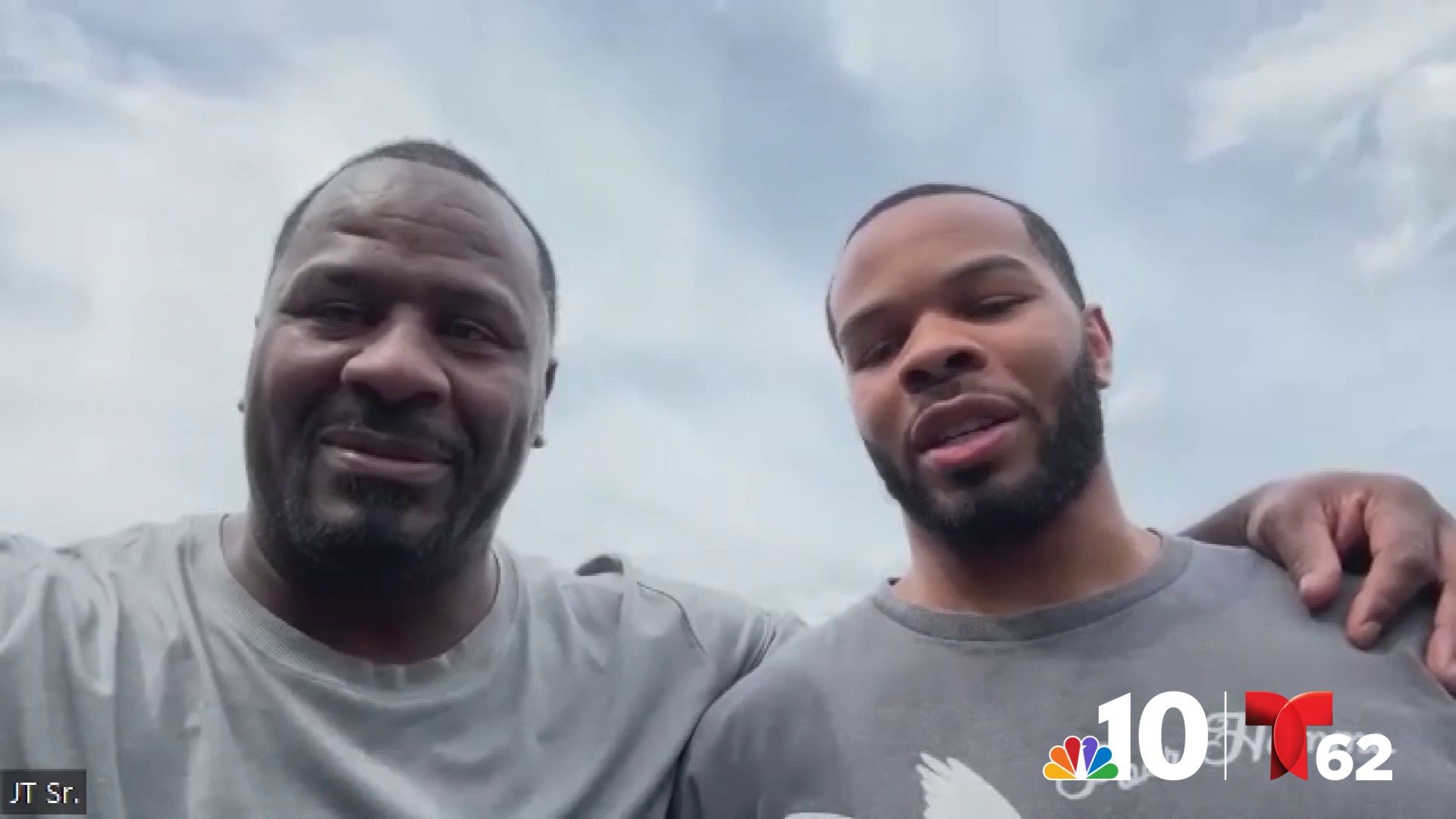The driver of an SUV laid on the horn as Andrew Levitt biked north on 13th Street in Philadelphia. A few seconds later, the vehicle hit the back of his bike, destroying it and forcing Levitt to jump off to narrowly avoid injury.
“I was pretty upset,” Levitt said. “He was riding too close and crashed into me.”
The crash happened around 7 p.m. on Nov. 20, 2012, when a car parked in the designated bike lane on 13th Street near Walnut Street forced Levitt to move into the motor vehicle lane.
Even more upsetting for the 34-year-old cyclist - he reported the crash to the police when it occurred, but it didn’t appear on the bike crash map unveiled by the Bicycle Coalition of Greater Philadelphia in December.
“I hoped it would provide some impetus to enforce laws not to park in the bike lanes,” Levitt said. “But the main reason I wanted [to report it] is so it would show up on these maps.”
The interactive map shows the locations of reported bike crashes in Philadelphia between 2007 and 2012 based on data the Philadelphia Police Department turned over to PennDOT, said Nicholas Mirra, the Bicycle Coalition’s communications coordinator.
Local
Breaking news and the stories that matter to your neighborhood.
Tyler Dahlberg, a graduate student studying geographic information science at Clark University, partnered with the Bicycle Coalition as part of the Summer of Maps project from Azavea, a Philly-based geospatial analysis firm.
Police are required by law to turn over all reported crashes that involve “death, injury and/or damage to any one vehicle to such an extent that it cannot be driven from the scene without further damage and therefore requires towing” to PennDOT, according to the Pennsylvania’s Police Officers Crash Report Manual.
“My vehicle was completely destroyed by their vehicle,” said Levitt, who was forced to replace his $200 bike. But, clearly, no tow truck was called to haul off his damaged ride.
"I put the bike in the trunk of a cab," Levitt said.
The SUV only incurred minor damage and no one was hurt, which means means police did not have to report the crash to PennDOT.
“If a bicycle is a vehicle in other parts of the law, it should be treated like a vehicle when it is damaged, Mirra said.
“Just because you don’t need a tow truck to remove a damaged bike from a scene of a crash doesn’t mean that is not an inoperable vehicle,” he added. “The emphasis on the mechanics of moving the bicycle misses the point and leads to worse data on crashes, which hurts everybody.”
The police department, PennDOT and the Bicycle Coalition were unable to estimate how many reported crashes the map could be missing. Levitt was one of several cyclists who mentioned on the Bicycle Coalition's blog or on Twitter that their reported crash didn't make the map.
The nonprofit anticipated somewhat incomplete data since many crashes go unreported or some may be incorrectly recorded as a pedestrian-vehicle crash, Mirra said.
But the idea that reported crashes are not making their way to those overseeing transportation issues in the city and the state is disappointing, he added.
“It is in everyone’s best interest to get the best information we can on where crashes happened and why,” he said.
And Levitt agrees. “If we are going to be held to the standard of a vehicle,” he said, “we should be able to enjoy all the privileges of that.”
A PennDOT spokeswoman acknowledged that the additional data may help with analysis, but it is up to legislators to revise the law’s language.
“This is an example of our laws and our thinking about transportation needing to catch up to the reality in the streets,” Mirra said.



